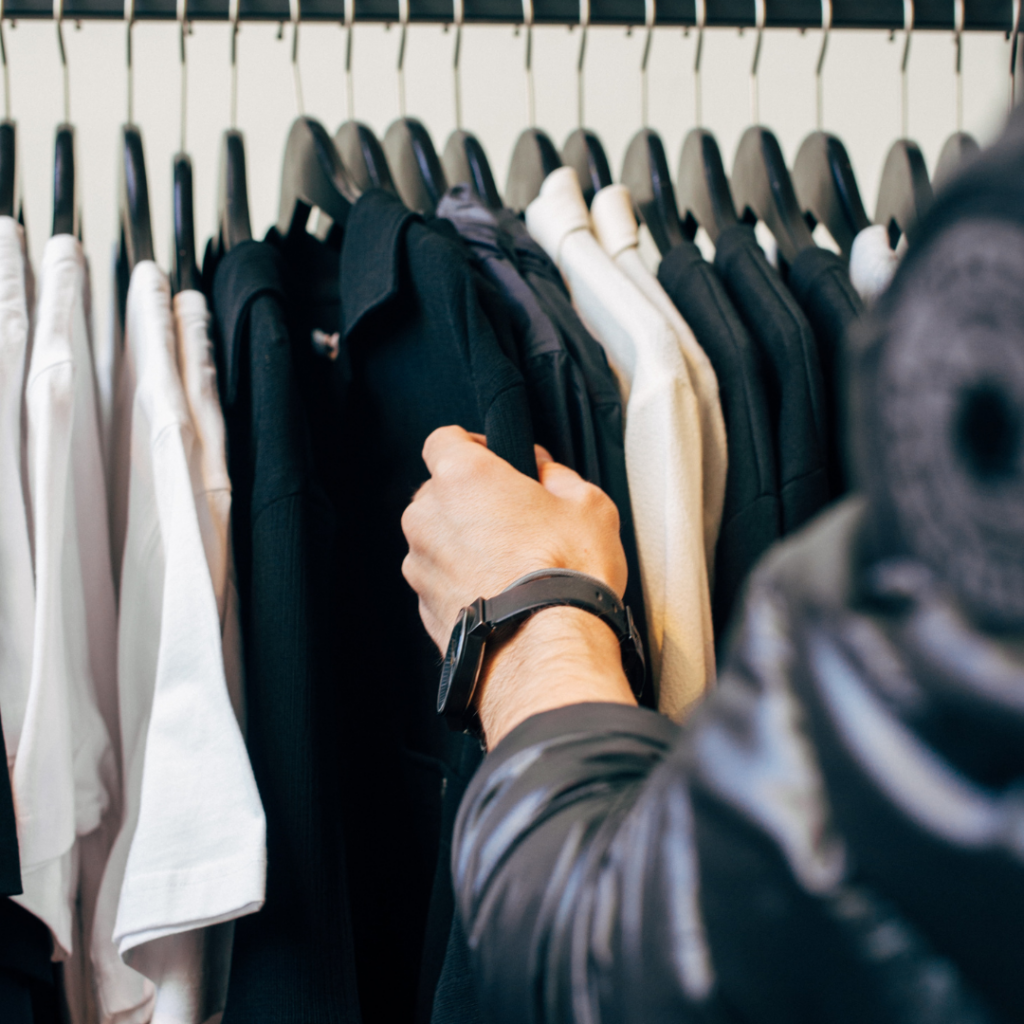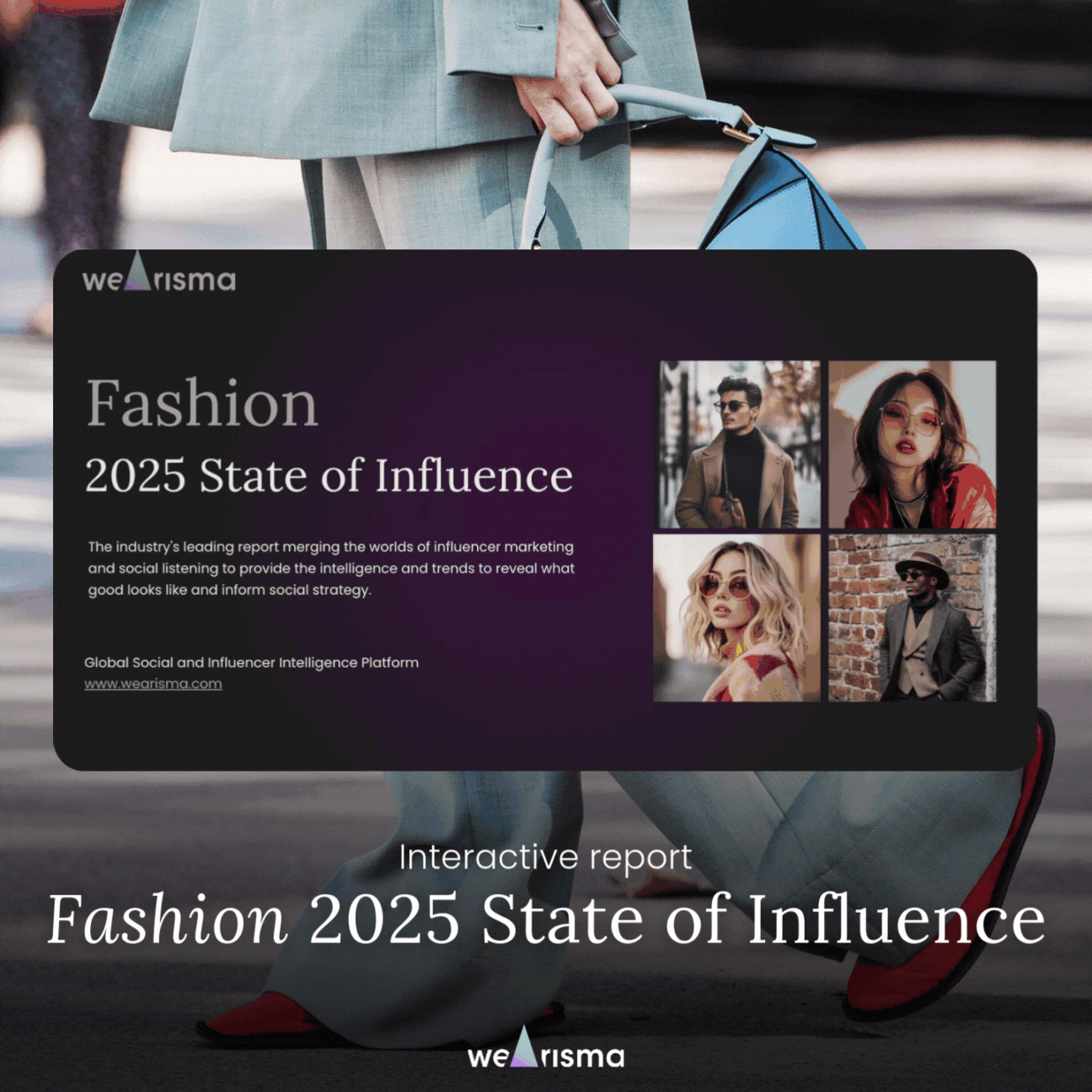Post-pandemic, luxury brands are experiencing a surge in revenge buying, especially in China, with a 925% increase in mentions and a 2,102% rise in social media engagement. WeArisma’s Jenny Tsai emphasizes the need for luxury brands to adapt their digital strategies and leverage influencers to meet new consumer demands and enhance brand desirability in the APAC region.

Published On: April 4, 2023
While the COVID-19 pandemic has had a significant impact on the luxury industry, the sector has quickly bounced back.
As a result of the pandemic’s severe restrictions on everyday life, a new trend has emerged: revenge buying. This trend, which is particularly prominent in China, sees consumers indulging in the purchase of luxury goods and services as a form of escapism and self-indulgence.
According to data from WeArisma, January and February this year saw a 925 percent increase in revenge buying mentions and a 2,102 percent increase in engagements on social media in China compared to the same months last year, indicating that the trend is growing.
Jenny Tsai on how brands work with influencers to drive sales and desirability in APAC:
“To meet new customer demands and increase their share of voice, luxury brands need to refine their value propositions and deploy omnichannel digital strategies to attract the younger generations Gen Y, Z, and Alpha, who are set to become the largest buyers of luxury goods, driving 80 percent of global purchases by 2030. The pandemic has accelerated the trend of online shopping for luxury products, with the number of global online purchases in 2021 doubling compared to the 2019 levels, and boosted the influencer economy, providing brands with opportunities to engage in impactful influencer partnerships.
The recent lifting of COVID restrictions in China uncovered new opportunities for brands to fuse online and offline marketing activations. Inviting the right influencers to local store openings, exclusive local and international influencer events, and fashion shows can not only drive engagement but also grow brand exposure and desirability.”
Live stream shopping and social commerce have become effective performance marketing channels in the Asia-Pacific region, providing luxury brands with opportunities to partner with local influencers who have specialised sales experience and engage with their audiences in real time.
Read the full article here.
Keep informed with the latest trends, reports, and case studies from the world of influencer marketing.

Influencer marketing has transformed significantly in recent years, expanding beyond simply identifying social media personalities with substantial followings. Today’s successful campaigns require sophisticated systems that address the entire marketing process, from strategic creator selection through content development to comprehensive performance analysis.

WeArisma’s Fashion 2025 State of Influence Interactive Report – Your Essential Guide to Beauty Brand Success in the Digital Age.
The fashion landscape is evolving. Traditional strategies no longer guarantee success – Resonance, Virality, and Authentic Engagement are beginning to define market leaders.
Our latest Fashion 2025 State of Influence Report uncovers the key shifts shaping the industry and the strategies fueling sustained impact.
Stay up to date with the latest industry trends and topics
Discover how WeArisma can help you harness the power in influence, grow your brand’s presence, and achieve measurable success.
WeArisma combines the power of AI, influencer marketing and social listening to deliver smarter, scalable strategies with real impact.